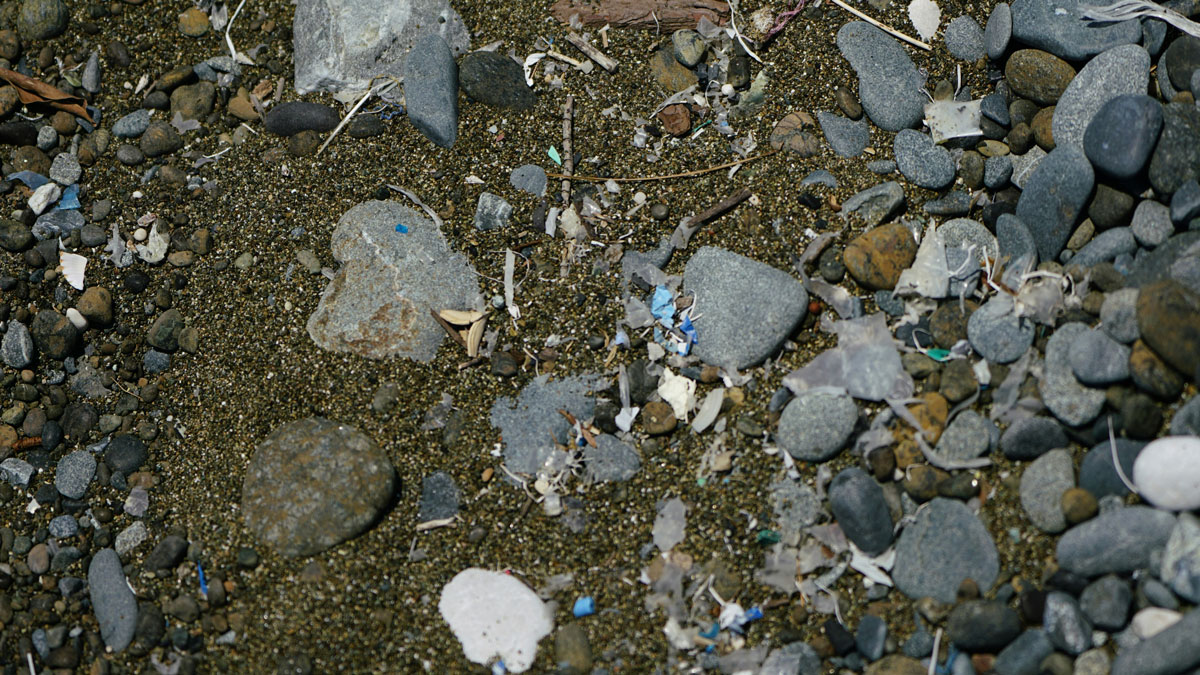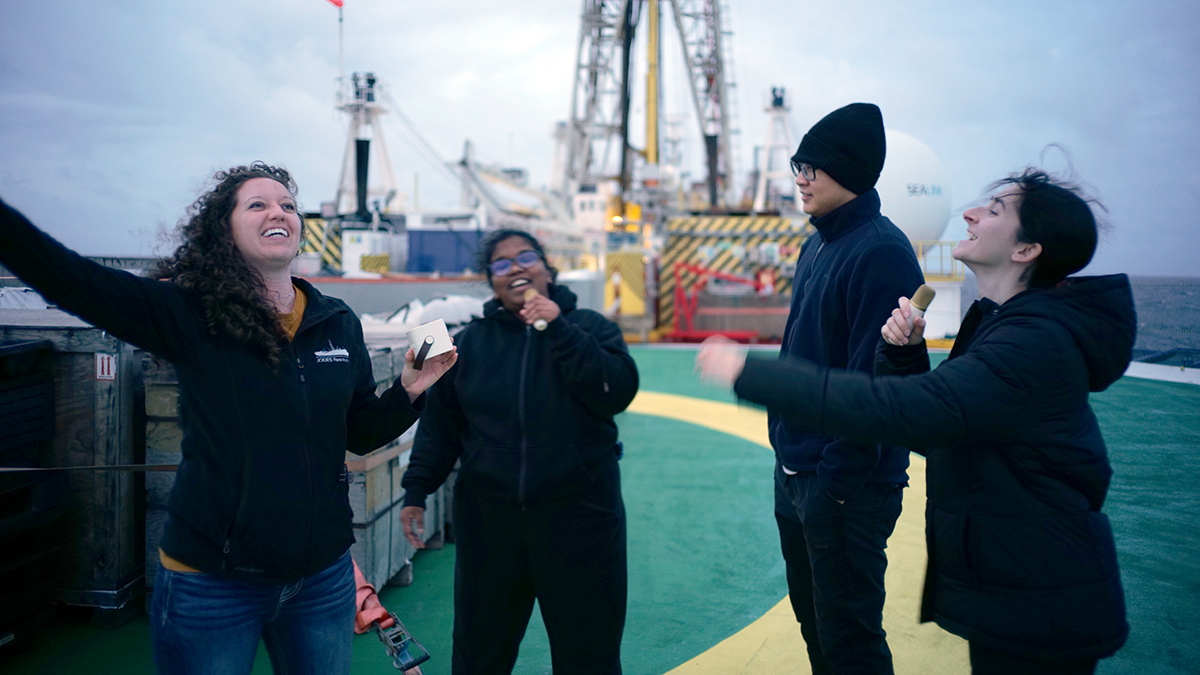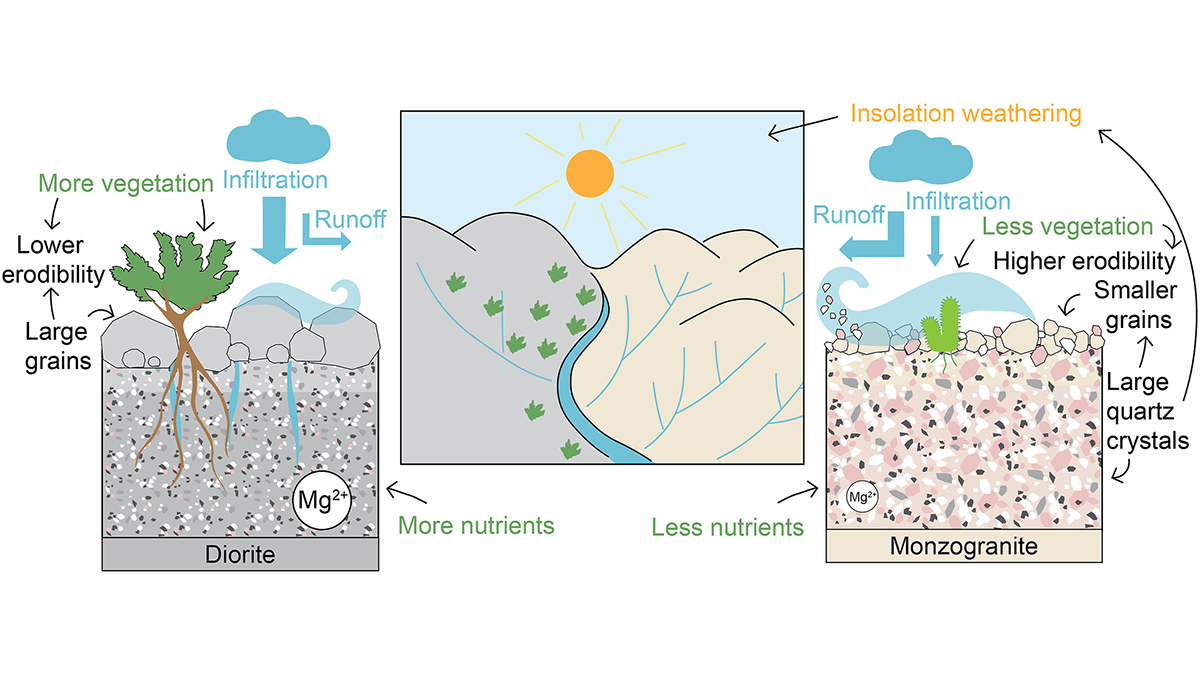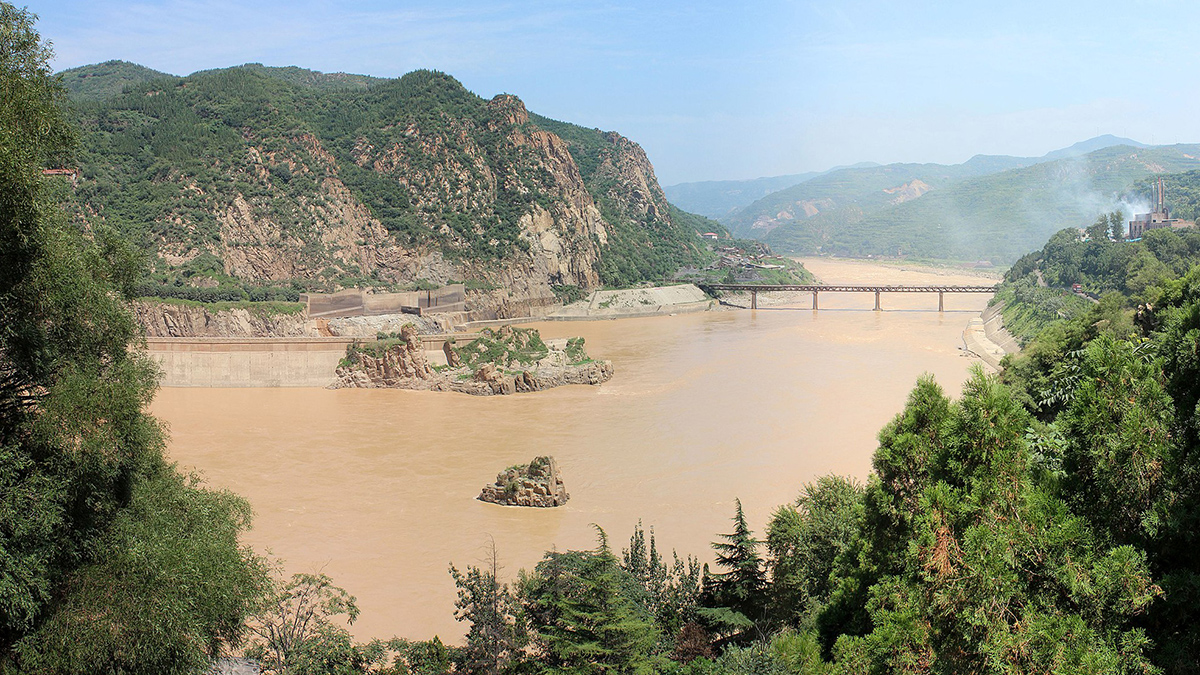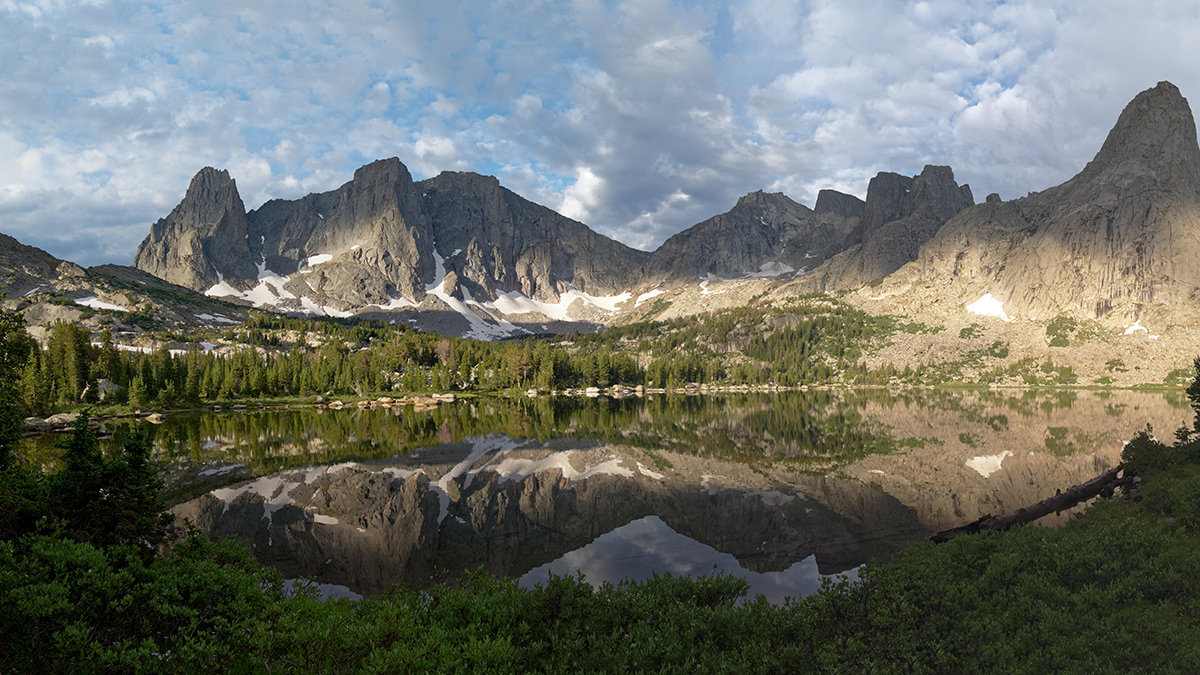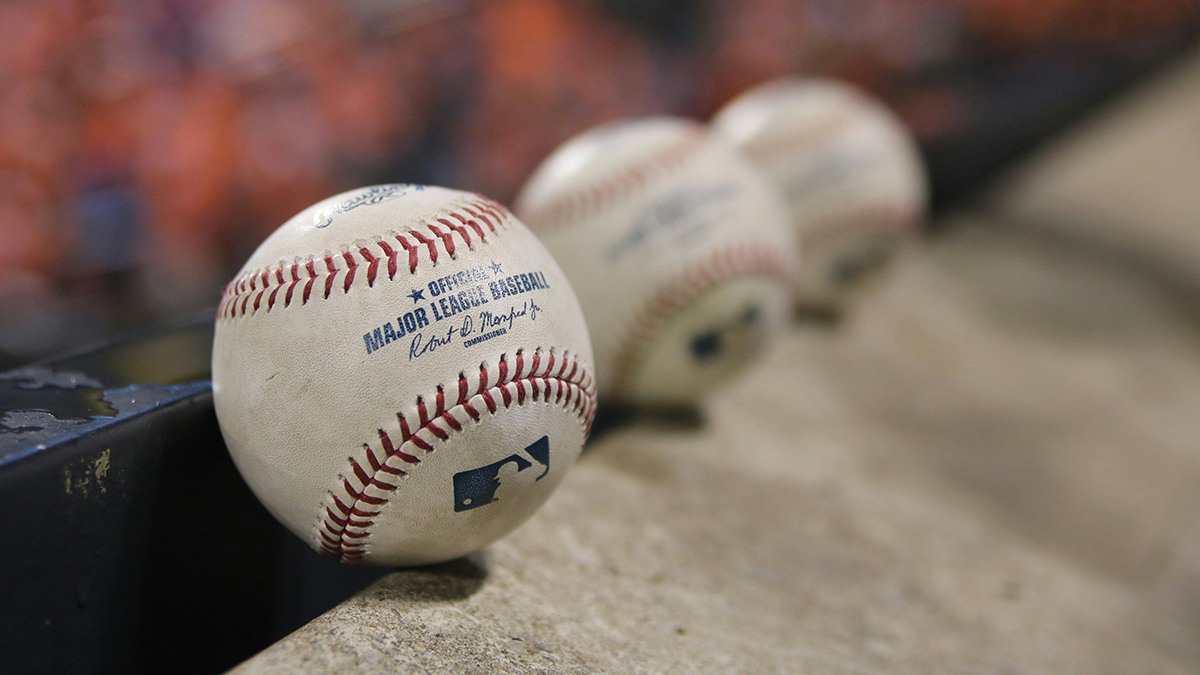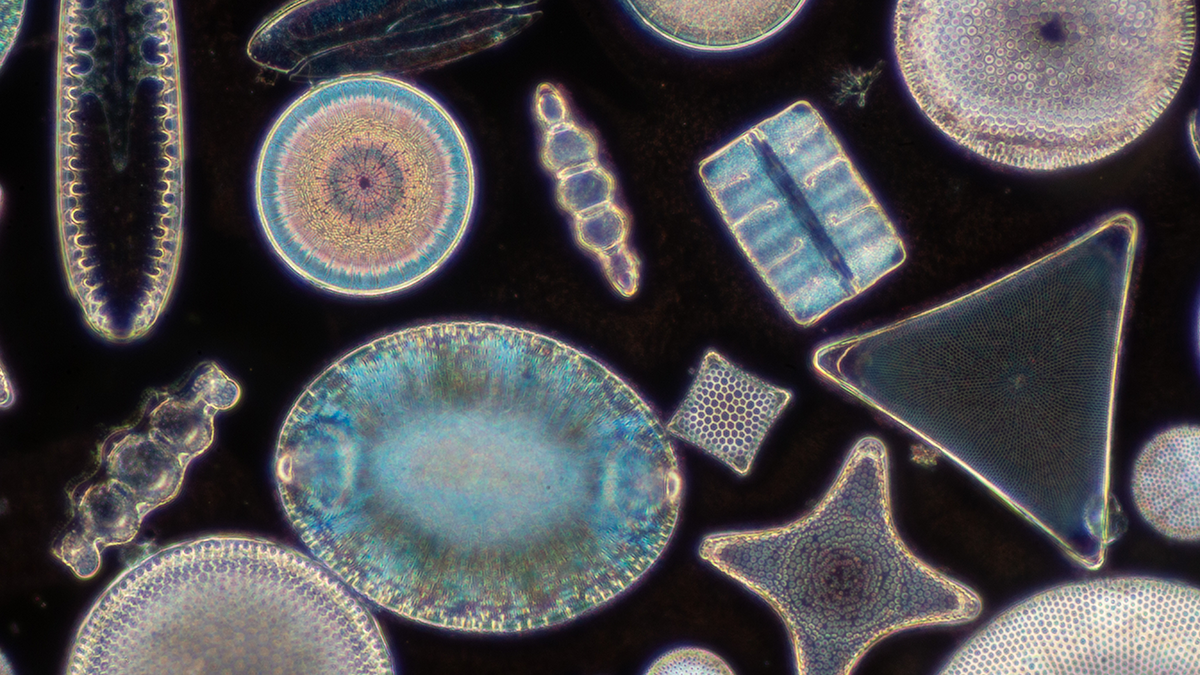Scientists observed a once-theorized process ferrying microplastics into the deep ocean.
sediments
Buried Sediments Point to an Ancient Ocean on Mars
Ground-penetrating radar data collected by the Zhurong rover reveal gently sloping sediments in Mars’s northern lowlands that hint at a shoreline.
El ADN de los sedimentos lacustres revelan el impacto de los peces introducidos
La trucha no nativa ha alterado la diversidad del zooplancton que habita en los lagos de gran elevación.
Expedition 403: Sailing the Last Expedition of the JOIDES Resolution
Early-career geoscientists share melancholy memories about hard science and intangible networks of collaboration.
How Rock Type Shapes River Networks and Influences Landscape Evolution
A new study in Chile shows how small differences in rock type can drive large differences in erosion, vegetation, and river networks, illuminating the role of mineralogy in shaping landscapes.
Tracing Metals from Earth to Water to Life in the Yellow River
The mix of metals in China’s Yellow River stays relatively similar as it moves from the upper continental crust to biological life.
DNA in Lake Sediment Reveals the Impact of Introduced Fish
Non-native trout have altered the diversity of zooplankton that live in high-elevation lakes.
Geoscientists Demystify Baseball’s Magic Mud
Taking baseball’s mysterious Rubbing Mud into the lab revealed no magic ingredients—but plenty of useful natural properties from geomaterials.
Physics and Biology as Likely Stream Bedfellows
Streambeds are key sites for removal of nutrients and other contaminants through microbial processes, but are limited by diffusion, which can now be modeled from streambed physical properties.
Machine Learning Enhances Image Analysis in Biogeosciences
Machine learning can enhance our ability to identify communities of microorganisms and how they change in response to climate change over time.

